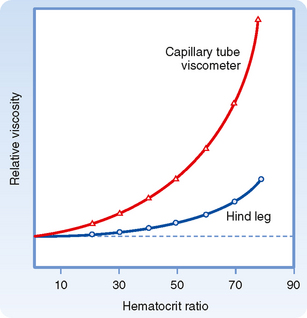

Many types of WBCs protect the body from external threats, such as disease-causing bacteria that have entered the bloodstream in a wound. For instance, blood moves carbon dioxide to the lungs for exhalation from the body, and various waste products are transported to the kidneys and liver for excretion from the body in the form of urine or bile. Blood also picks up cellular wastes and byproducts, and transports them to various organs for removal. Moreover, endocrine glands scattered throughout the body release their products, called hormones, into the bloodstream, which carries them to distant target cells. Oxygen from the air you breathe diffuses into the blood, which moves from the lungs to the heart, which then pumps it out to the rest of the body. Most of these travel in the bloodstream directly to the liver, where they are processed and released back into the bloodstream for delivery to body cells.

Nutrients from the foods you eat are absorbed in the digestive tract. The specific functions of blood also include defense, distribution of heat, and maintenance of homeostasis. The primary function of blood is to deliver oxygen and nutrients to and remove wastes from body cells, but that is only the beginning of the story.

This fluid, which is mostly water, perpetually suspends the formed elements and enables them to circulate throughout the body within the cardiovascular system. The extracellular matrix, called plasma, makes blood unique among connective tissues because it is fluid. The cellular elements-referred to as the formed elements-include red blood cells (RBCs), white blood cells (WBCs), and cell fragments called platelets. Like all connective tissues, it is made up of cellular elements and an extracellular matrix. Recall that blood is a connective tissue. Identify the composition of blood plasma, including its most important solutes and plasma proteins.Discuss the unique physical characteristics of blood.Name the fluid component of blood and the three major types of formed elements, and identify their relative proportions in a blood sample.Identify the primary functions of blood in transportation, defense, and maintenance of homeostasis.By the end of this section, you will be able to:


 0 kommentar(er)
0 kommentar(er)
